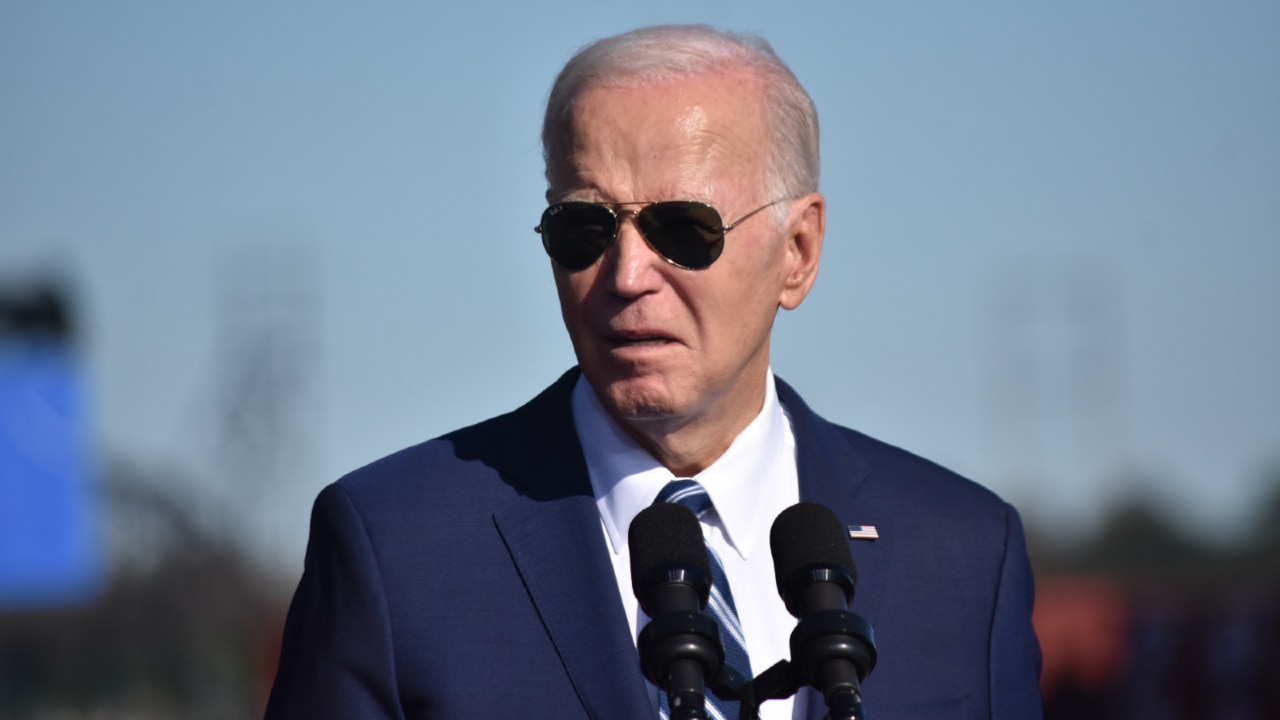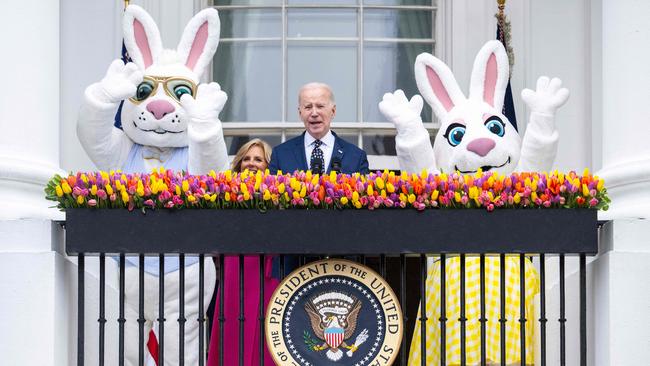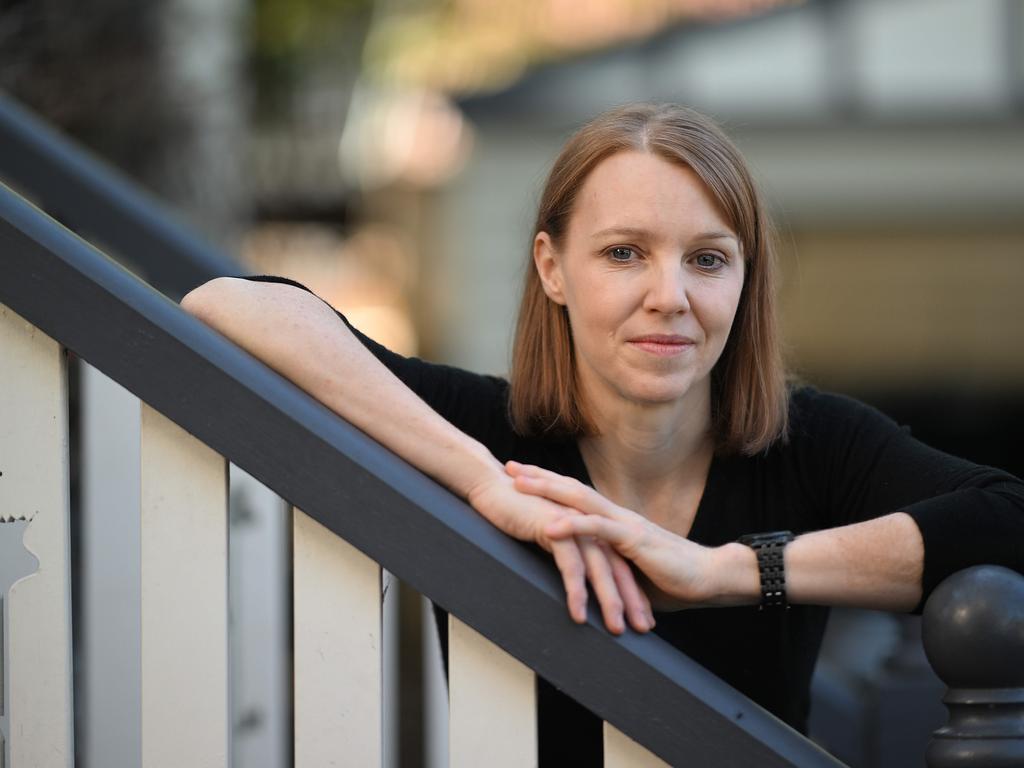
If the aim was “raising awareness”, mission accomplished, although it probably wasn’t the sort of awareness intended. One Catholic Archbishop, Carlo Maria Vigano, called for Biden to be excommunicated for “a most serious offence to God and to millions of Catholics and Christians in America and around the world”.
Donald Trump seized on the opportunity, slamming Biden at a rally in Wisconsin on Wednesday. “Such total disrespect to Christians, and November 5 is going to be called something else. You know what it’s going to be called? Christian Visibility Day,” he said.
In fairness to Biden, Easter Sunday does move around the calendar each year, while Trans Visibility Day, it turns out, has been etched in stone since March 31, 2009.

“I didn’t do that,” the President later said when quizzed by reporters; and it’s unlikely he did, given his dotage and the vast social media team overseeing his social media posts.
Whoever did, later doubled down with a further provocative tweet on his behalf: “I have a simple message to all trans Americans: I see you. You are made in the image of God, and you’re worthy of respect and dignity.” This triggered a further bout of outrage from those who argue transgenderism seeks to deny naturally determined sex. The fracas hasn’t only showcased the political ineptitude of Biden’s staff: around a third of Americans go to church regularly, the overwhelmingly bulk believe sex is assigned at birth, and at most a tiny fraction identify as trans.
It’s also highlighted the sheer explosion in bizarre sexuality-related “special days”.
If you were too busy over Easter to commemorate Trans Visibility Day, don’t worry, Transgender Remembrance Day on November 20 is just a few months away.
Too far away? If you’re content with a less specific sexuality celebration, April is teeming with opportunities.
International Asexuality Day is on April 6, followed by International Day of Pink on the second Wednesday (like Easter, it appears to depend on the Lunar calendar). Lesbian Visibility Day looms large on April 26 (a warm-up for the more formal International Lesbian Day on October 8).
May is another banner month for sexuality awareness, featuring International Day Against Homophobia, Biphobia and Transphobia on May 17 (better known among aficionados as IDAHOBIT Day), quickly followed by Pansexual and Panromantic Awareness Day a week later – whatever that means.

If your awareness isn’t sufficiently raised after all that, the entire month of June is dedicated to LGBTQ “pride”, reaching a crescendo on the 28th – naturally, LGBTQ Day. The celebratory pace slackens a little in July. International Non-Binary People Day shares the stage with Bastille Day on the 14th, followed quickly by International Drag Day two days later.
August offers a total breather, although spontaneous community-based sexuality awareness raising is strongly encouraged, no doubt. The festivities return in September – also known as Sexual Health Month – with Bisexuality Awareness Day on the 23rd. Then they take a scholastic turn in October which is LGBT History month. But it’s not all Roman emperors, Pyotr Ilyich Tchaikovsky and Oscar Wilde.
National Coming Out Day is on October 11. International Pronoun Day is on the 19th, Intersex Awareness on the 26th, and Genderfluid Visibility Week starts on the 24th. This is not even an exhaustive list – I didn’t have the stamina to delve into November.
It’s not clear such days inspire tolerance for LGBTQ individuals, given the excoriating backlash the President’s proclamation triggered online, including mockery of trans people.
What is clear is the sheer number of sexuality-based days has become absurd, an artefact of an explosion in government funded advocacy groups that need to justify their existence by finding things to spend money on.
The banners go up, the websites look great, but hardly anyone celebrates, certainly not with their own money. The diminishing marginal return on proclaiming new days set in many years ago, except for large corporations that enthusiastically promote them to atone for their own greed and distract everyone from the more serious problems of inequality and oligopoly. For now, we can laugh at the silliness of governments trying to compel people to celebrate things most people care little to nothing for, but the trajectory is more worrying.

“Celebrate, or else!” is increasingly the message. Witness the increase in taxpayer support for what’s called “gender affirming care” or requiring schools and sporting bodies to accept trans women in female sports. Employers increasingly request to know job applicants’ sexuality to fill their various quotas.
The push to sexualise life has become so pervasive it’s as if the end game is a cultural revolution in sexual norms and behaviour. That will succeed about as well as Mao’s war on “old habits” in China in the 1960s, and the Bolsheviks’ disastrous short-lived attempt to discourage marriage in the 1920s.
The same groups that obsess over sexuality tend to do the same thing for race, which has a parallel set of days – although far fewer given the number of supposed sexualities is so much greater. Think black history month in the US or NAIDOC week in Australia. Where these days have succeeded is in encouraging the division of individuals into warring groups, seeking to find offence where often none was meant.
The onslaught has contributed to a catastrophic plunge in respect for the elite institutions that promote fake celebrations. However much they don’t like it, the facts of life are conservative, as Margaret Thatcher once said.








US President Joe Biden triggered a wave of condemnation when he declared Easter Sunday this year, Trans Day of Visibility.